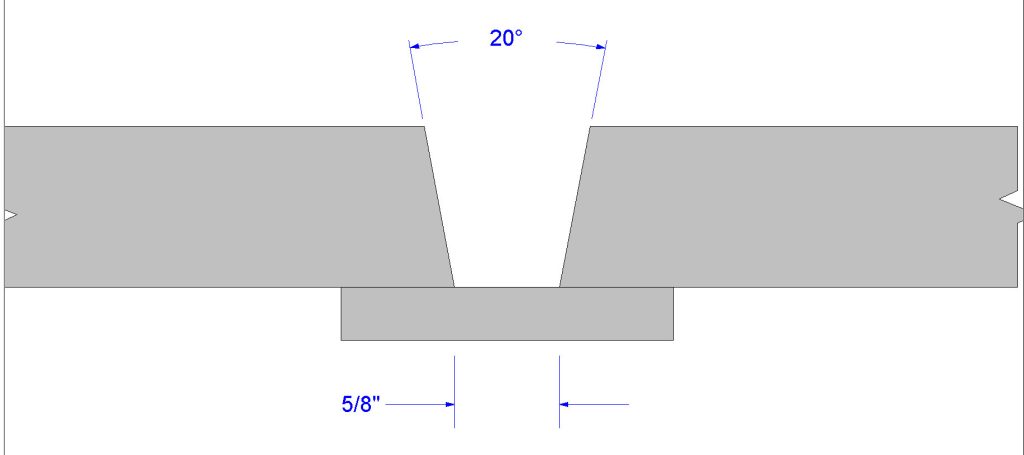Welding is a fundamental process in various industries, from construction to aerospace, where two materials are fused together to create a strong and durable connection. However, the integrity of these weld joints is critical to ensuring the safety and reliability of the final product. This is where weld joint integrity testing plays a pivotal role. It delves beneath the surface to scrutinize the hidden strength of welds, providing an essential layer of quality assurance. One of the primary purposes of weld joint integrity testing is to detect flaws or defects in the welded area that may compromise its structural integrity. Welding is a complex process, and even skilled welders can inadvertently introduce imperfections such as cracks, porosity, or incomplete fusion. These defects, often invisible to the naked eye, can weaken the weld and lead to catastrophic failures under stress or load. By subjecting welds to rigorous testing methods, these hidden flaws can be identified and rectified before they become a safety hazard. Non-destructive testing NDT methods are commonly employed to assess weld joint integrity.

Radiographic testing RT uses X-rays or gamma rays to produce images of the weld, allowing inspectors to visualize internal flaws. Ultrasonic testing UT involves the use of high-frequency sound waves to detect defects within the weld by measuring the time it takes for sound waves to travel through the material. Magnetic particle testing MT and liquid penetrant testing PT are also used to identify surface and near-surface defects. These NDT techniques enable inspectors to evaluate the integrity of welds without damaging the workpiece. The importance of weld joint integrity testing extends beyond safety concerns. It also ensures the longevity and performance of the welded components. In industries such as oil and gas, where pipelines stretch across vast distances, weld integrity is paramount. Over time, external factors like corrosion and environmental stress can weaken welds. Regular testing allows for the early detection of any degradation, enabling timely repairs or replacements to prevent costly leaks or failures.
In the aerospace sector, where weight and material strength are critical, weld integrity directly impacts the structural integrity of aircraft. Failures in critical components can lead to catastrophic consequences. Thus, stringent weld joint testing protocols are a prerequisite to ensure the reliability and safety of aviation systems and click site https://atslab.com/welding-testing/weld-joint-testing/. Moreover, weld joint integrity testing supports compliance with industry standards and regulations. Many sectors, including nuclear power and pressure vessel manufacturing, are subject to stringent codes that mandate specific testing procedures. Adherence to these standards not only assures the quality of the weld but also legal compliance. In conclusion, weld joint integrity testing is the safeguard hidden beneath the surface, ensuring the strength and reliability of welded components. By employing non-destructive testing techniques, manufacturers can identify and rectify defects, enhancing safety, performance, and compliance with industry standards. In industries where the consequences of weld failures are severe, such as aerospace and energy, the importance of these testing methods cannot be overstated. The strength of a weld lies not only in the materials fused together but also in the meticulous scrutiny of its integrity.
